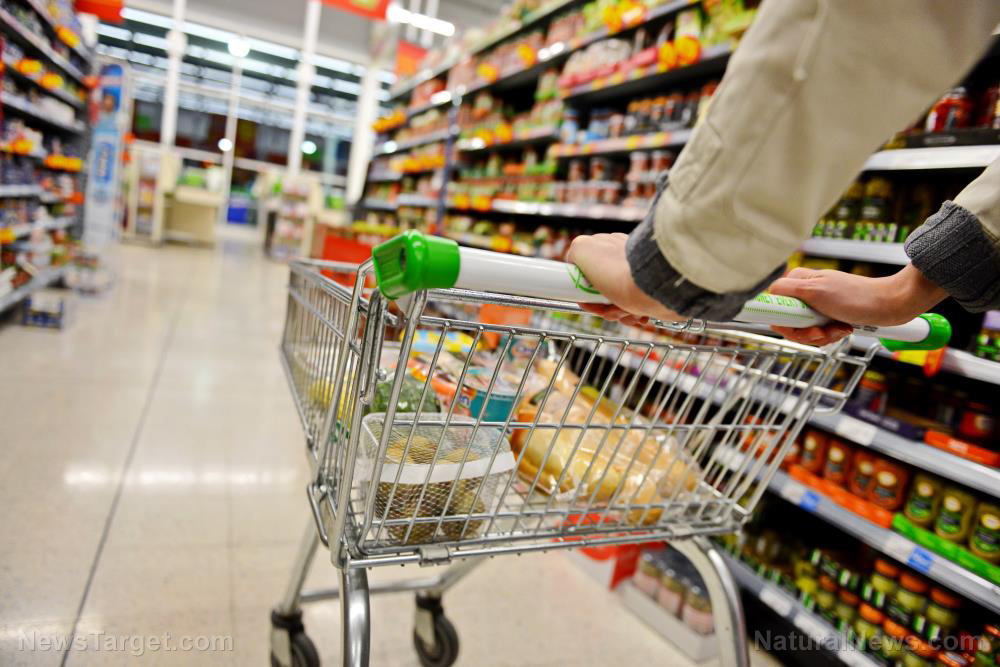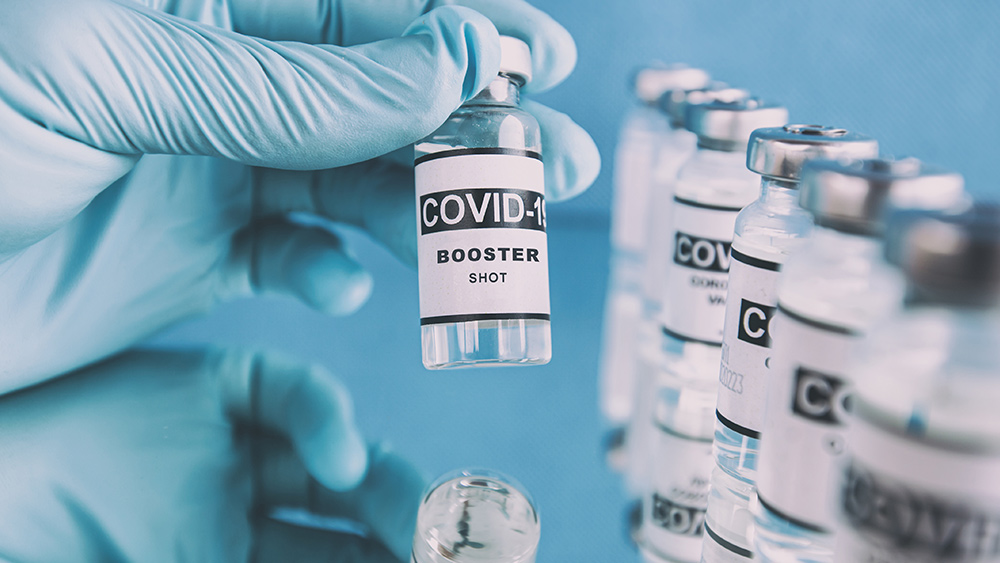Food packaging of the future: Intelligent packaging changes color to indicate food spoilage
12/26/2018 / By Frances Bloomfield

How do you when your food has gone bad? Smell and taste are usually the best indicators, but even these can fail sometimes. That’s why companies like Braskem are working towards creating packaging that does the job for us. The thermoplastic resin producer has collaborated with Clemson University and Rio Grande do Sul Federal University (UFRGS) to make intelligent packaging that changes color when the product inside has become too hazardous to consume.
As reported by FoodDive.com, the packaging changes color when signs of spoilage are detected. These can include changes in pH levels and unnatural smells. After Braskem began research in 2013, this exciting new product was first put on display at Interpack 2017 in Düsseldorf, Germany. Aside from the ability to change color to indicate food spoilage, the other noted benefits of Breskem’s 100 percent recyclable intelligent packaging were its “excellent stiffness”, the “extremely lightweight” material, and “design flexibility”.
According to Braskem polymer science researcher, Marcia Pires, consumers and manufacturers alike can greatly benefit from the packaging. “A product’s entire value chain can benefit from this technology,” Pires told FoodNavigator.com. “This gives consumers great quality assurance on the products they take home, and allows companies to control product integrity after manufacture, either during transport or at the point of sale.”
Braskem and its partners are currently working on further research and development of their intelligent polymer. The commercial viability of the product has yet to be properly determined, since replicating these sensors in mass quantities can be difficult to achieve at a reasonable cost.

For the time being, food and beverage companies have taken to slapping “best by”, “use by”, “sell by”, and other similar labels onto their wares. However, these labels have been called a “headache for consumers” since they come in many differently-worded varieties. Furthermore, FoodDive.com stated that these labels and dates seem to guide to food quality instead of product safety.
Rather than taking the risk, some consumers simply opt to throw out their food once the indicated label date has been reached or passed. As a result, billions of pounds of food waste are created each year. About eight percent of that food waste is created by consumers who would rather toss their food out than deal with label confusion. In response, organizations like the Food Marketing Institute and the Grocery Manufacturers Association have recommended sticking to two labels to avoid this problem: “use by” should be used to signal the safety of perishable products, while “best if used by” should be utilized to point out product quality. (Related: Researchers: 9% of the world’s food supply is thrown away or left to spoil)
In the meantime, consumers need to do their own legwork when it comes to food spoilage. More than just smell and taste, there are other indicators of spoiled food that include:
- Mold — Dairy products, meats, and vegetables are prone to developing mold when left out too long. As soon as a thin layer of fuzz begins growing on your food, don’t hesitate to toss it out.
- Texture changes — Once again, dairy products are foods that undergo major changes when they’ve reached the end of their shelf life. Milk becomes chunky when it goes bad, while cheese looks and feels slimy.
- Discoloration — Exposure to air can bring about color changes in foods like raw meats, fruits, and vegetables. Some foods like potatoes can turn green when they’ve spoiled, however, so throw them out immediately.
- Slimy film — Meats and vegetables that look and feel slightly damp or slimy are definitely no longer good to eat.
Visit FoodSupply.news today to remain abreast of what’s new and what’s happening in the food industry.
Sources include:
Submit a correction >>
Tagged Under:
food marketing, food packaging, food safety, food science, Fresh, fruits, future tech, grocery, intelligent packaging, new technology, shelf life, technology, Veggies
This article may contain statements that reflect the opinion of the author





















